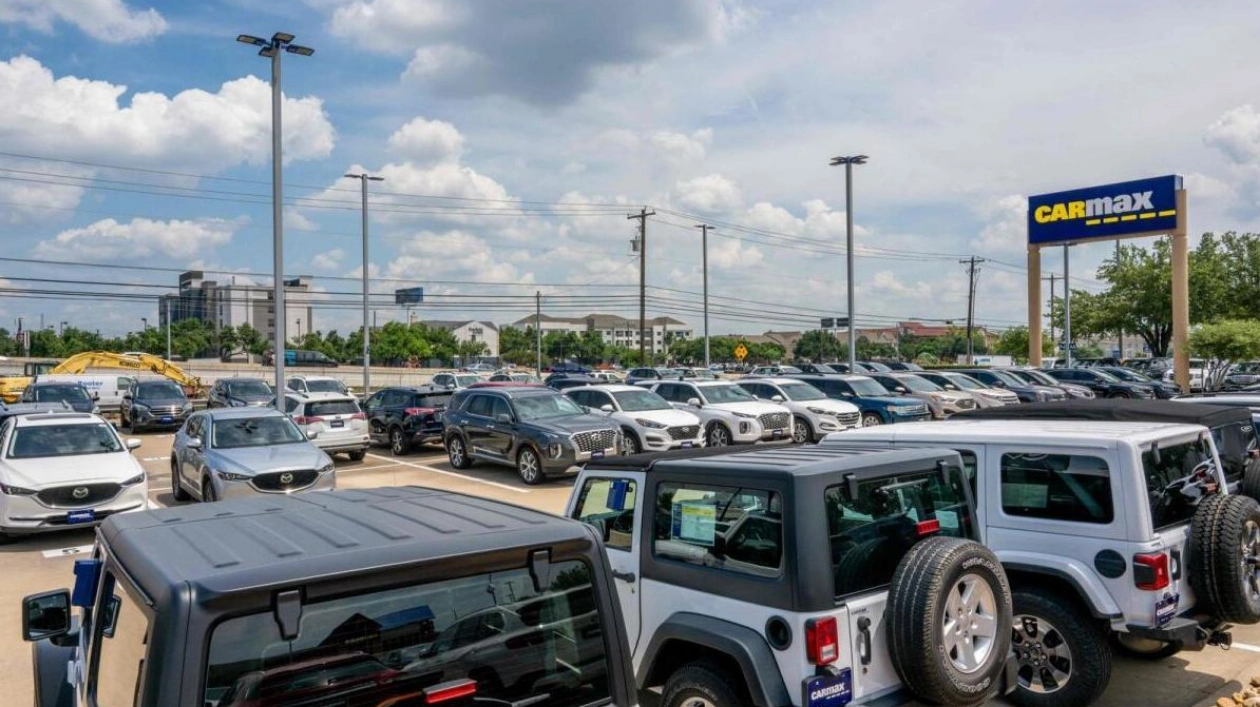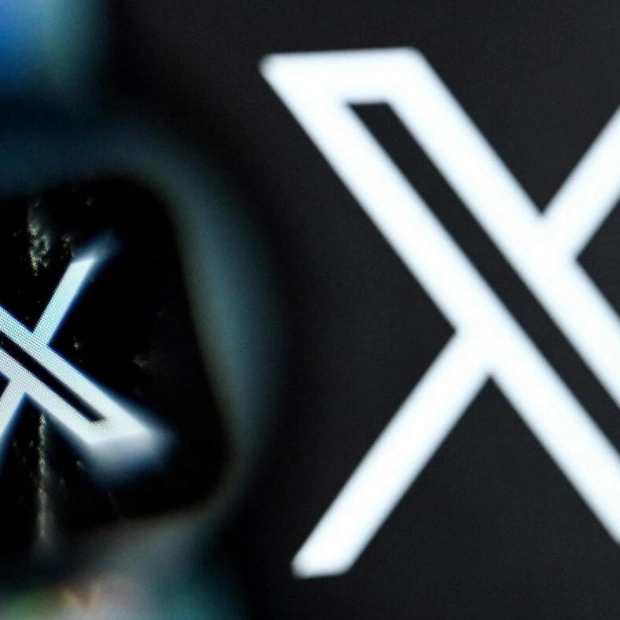Retail sales in the United States exceeded analyst predictions in July, as per government data disclosed on Thursday, buoyed by the autos sector and providing some solace to policymakers. Despite elevated interest rates, US consumer spending has remained robust, and specialists are intently observing whether this trend persists until the central bank initiates rate reductions. A recent labor market report, weaker than anticipated, ignited market unrest due to concerns that the world's largest economy might be in poorer condition than expected—yet sustained consumer expenditure should mitigate recession anxieties. In July, total retail sales reached $709.7 billion, marking a 1.0 percent increase from June's numbers, according to the Department of Commerce. This figure notably surpassed the 0.3 percent rise projected by analysts at Briefing.com. However, June's results were adjusted downward, with sales declining by 0.2 percent for the month instead of the initially estimated flat performance.
“The surge in overall retail sales for July was primarily due to the rebound in auto sales as disruptions from cyberattacks subsided,” noted economist Michael Pearce from Oxford Economics. Although the underlying data showed weaker trends, he indicated that it still suggested consumer spending increasing by a robust two percent on an annualized basis in the third quarter. “Consumers are maintaining a steady spending pace, even if they are becoming more cost-conscious and hunting for better deals,” remarked Nationwide's chief economist, Kathy Bostjancic. Bostjancic anticipates that the encouraging consumer spending figures will sway the Federal Reserve towards a “more measured 25 basis points reduction” in September. “The consistent strength in consumer spending should quell recession fears and diminish the likelihood of a larger 50 basis points cut,” Pearce added. Consequently, the Fed might choose a more gradual approach to rate reductions. Excluding motor vehicles and parts, retail sales increased by a modest 0.4 percent from June, as reported by the Commerce Department. Sales in motor vehicle and parts dealers jumped 3.6 percent from June to July, while grocery store sales rose by 1.0 percent. Nonetheless, Bostjancic cautioned that “consumers are becoming increasingly thrifty with their spending as they deplete their savings, increasingly rely on credit, and continue to confront high prices, particularly for services.”






